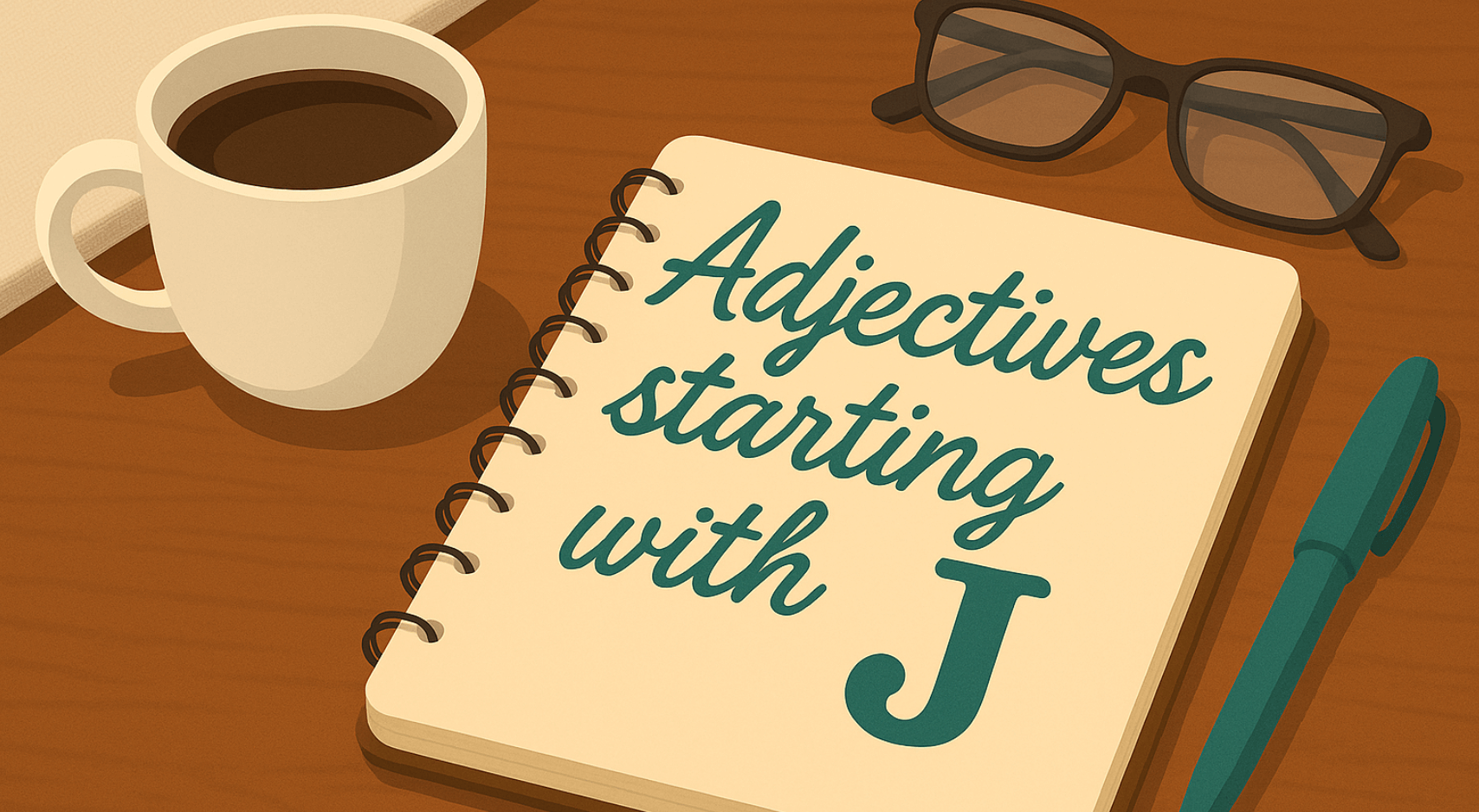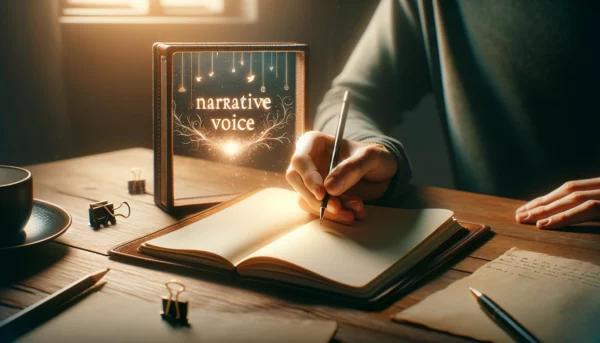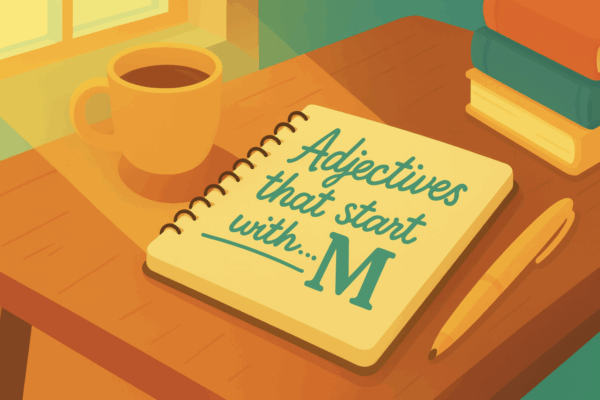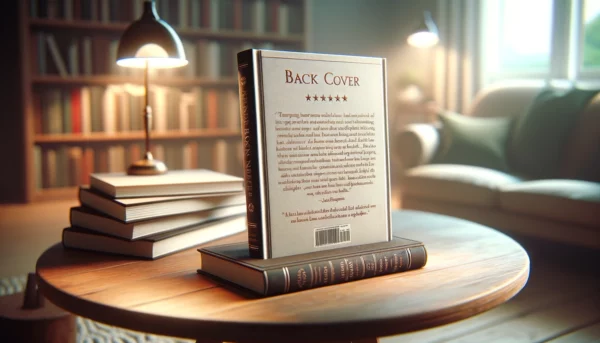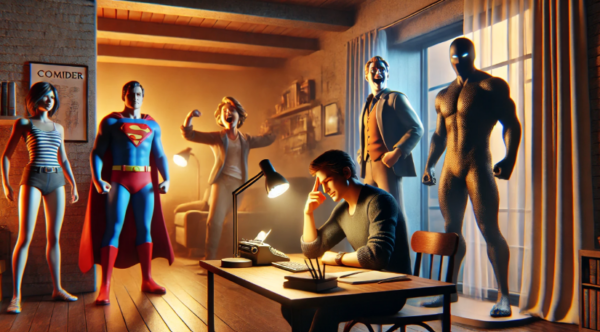When it comes to thriller novels, nothing keeps readers turning pages—or frantically refreshing for the next book release—like a good cliffhanger. A perfectly crafted cliffhanger doesn’t just leave readers hanging; it wraps them around your little writerly finger, desperate to know what happens next. But what makes a cliffhanger truly effective? Is it the gasp-worthy plot twist? The perfectly timed reveal of a protagonist’s doom? Or is it the maddening withholding of that key information just when it matters most?
Spoiler alert: it’s all of the above.
In this article, we’ll dive into the techniques, examples, and mistakes to avoid when writing cliffhangers in thrillers. Whether you’re crafting scene transitions, a cliffhanger ending for a novel series, or simply trying to get your readers to stop pretending they’ll “just read one more chapter,” we’ve got you covered. By the time you finish reading, you’ll not only know how to make your readers lose sleep but also how to keep them coming back for more, leaving the reader wanting more with every twist and turn.
And if you’ve already crafted a manuscript packed with suspenseful cliffhangers, don’t forget—Spines is here to help you share your masterpiece with the world. With our cutting-edge publishing platform, your book can stand out with professional editing, eye-catching covers, and strategic global distribution. Let’s get your thrilling story into readers’ hands.
Understanding Cliffhangers
What is a Cliffhanger?
A cliffhanger is a plot device that leaves your readers teetering on the edge of their seats, desperate to know what happens next. Imagine ending a chapter with your main character hanging off a literal cliff—hence the term “cliffhanger.” This technique creates suspense, anxiety, and drama by leaving an element of the story unresolved. Whether it’s a shocking revelation, a sudden twist, or a protagonist in peril, a good cliffhanger ensures your audience is hooked and eager to turn the page. It’s the literary equivalent of a TV show’s “To Be Continued…” that keeps you binge-watching late into the night.
Your Publishing Journey Awaits – Start NowWhat Makes an Effective Cliffhanger?
Crafting a good cliffhanger is an art, but don’t worry—it doesn’t require a beret or a moody backstory. At its core, a cliffhanger is a plot device designed to spark tension, curiosity, and that irresistible urge to keep reading. Done right, it lingers in your reader’s mind like a catchy song they can’t shake off. Done wrong, it’s the literary equivalent of a knock-knock joke that lands with a thud.
Unresolved story ends can compel readers to return for more, as they are eager to find out how the narrative continues and what happens next.
So, what separates the “I can’t stop reading” cliffhanger from the “meh” variety?
- Raising Questions Without Answers: A good cliffhanger leaves the reader guessing. Think about Star Wars’ infamous “I am your father” reveal. Who saw that coming? Not Luke, that’s for sure. And not your readers if you’ve built your story well.
- High Stakes for the Main Characters: If the fate of one character doesn’t seem important, your cliffhanger won’t land. Leave your protagonist in life-altering danger—an actual cliff, perhaps?
- Mystery, Suspense, and Timing: A cliffhanger is most effective when it catches the reader off guard. Just when they think they have answers, you flip the script.
Famous examples abound in genre fiction. Think about Harry Potter when Voldemort returns, or the time Dan Brown had readers frantically Googling “symbology” in the middle of the night. In each case, the reader is left dangling—not in frustration, but in anticipation.
The Art of Writing Cliffhangers in Thrillers
Cliffhangers aren’t just for the end of the chapter (though we’ll get to that in a moment). They’re a critical part of writing books that readers simply can’t put down. Cliffhangers have significantly influenced literary storytelling over time, particularly in ongoing stories like ‘One Thousand and One Nights’, where the protagonist must tell a story every night to keep the audience engaged and intrigued. Here’s how to master this suspense-building art:
- Use Scene Transitions Wisely: Ever noticed how good cliffhangers often cut off mid-action? Your hero reaches for the doorknob, and BAM—the chapter ends. This technique is effective because it interrupts the flow of events just when the reader needs resolution. Guess what they’ll do? Turn the page.
- Rising Action: Cliffhangers are most satisfying when they’re preceded by tension that builds, brick by brick. Think of a thriller novel as a roller coaster—without that slow climb up the track, the drop wouldn’t feel as thrilling.
- Key Information Withheld: Sometimes, it’s not what you say, but what you don’t say. Ending a scene with a cryptic line, an ominous clue, or a protagonist’s realization they made a mistake—but not revealing what the mistake is—can drive readers mad. The good kind of mad.
- Make It Believable: The best cliffhangers don’t feel cheap. If you overuse them or rely on coincidences that don’t make sense, readers will feel manipulated—and not in the fun “I can’t believe you fooled me” way. They’ll feel betrayed, and worse, they’ll stop reading.
Depicting Character Struggles
Depicting character struggles is the secret sauce to a gripping cliffhanger. When readers are invested in your main characters and their arcs, the tension and suspense naturally escalate. Think about Quoyle’s horrifying discovery of a severed head in The Shipping News or Luisa Rey’s dangerous investigation into a nuclear power plant in Cloud Atlas. These dilemmas make the story compelling because they put characters in situations where their goals are threatened by external forces—both known and unknown. By showcasing your characters’ struggles, you create a narrative that’s not just about what happens next, but about who it happens to, making the cliffhanger all the more impactful.
Creating Suspenseful Scenes
Integrating Major Plot Points
Integrating major plot points into your scenes is crucial for crafting suspense that keeps readers on the edge of their seats. A good cliffhanger isn’t just about shocking your audience; it’s about building tension and anticipation. For instance, imagine Naomi’s car breaking down in a suspicious garage or the discovery of a severed head in The Shipping News. These moments are effective because they are carefully crafted to heighten suspense and leave readers craving more.
To create a good cliffhanger, consider using subtle hints like a newspaper headline that foreshadows future events. Reveal vital information that the characters don’t yet know to create dramatic irony. Use shorter sentences to increase the pace and tension, and present gripping character dilemmas that complicate their goals. Constraints like time limitations can also add to the suspense, making the story even more gripping.
By understanding how to use cliffhangers and creating suspenseful scenes, you can keep your readers engaged and invested in your story. Remember to use cliffhangers strategically, integrate major plot points seamlessly, and depict character struggles to craft a narrative that leaves your audience wanting more.
Cliffhanger Endings: Leaving Readers Wanting More
If you think cliffhangers are just for the end of the chapter, think bigger. Some of the most iconic moments in fiction are cliffhanger endings that leave audiences clamoring for the next book or even the next season.
- The Power of the Plot Twist: A strong plot twist at the end of a novel keeps readers engaged long after they’ve closed the book. Consider Harry Potter and the Half-Blood Prince—Snape’s actions in the climax were not only shocking but also set up major plot points for the final book.
- Leaving the Protagonist in Danger: Will they live? Will they die? Readers might have to wait months or years to find out, but if you’ve done your job right, they’ll stick around.
- Unresolved Storylines: For novel series, leaving certain threads untied is crucial for keeping readers engaged. But don’t overdo it—give them some resolution while hinting at bigger mysteries to come.
Great cliffhanger endings don’t just keep fans guessing—they turn your readers into your biggest advocates, eagerly waiting and recommending your books to their friends.
Your Publishing Journey Awaits – Start NowMistakes to Avoid When Writing Cliffhangers
Of course, not all cliffhangers are created equal. Here are some common pitfalls to avoid:
- Repetition: If every chapter ends with a cliffhanger, readers can become fatigued. Mix it up with quieter moments that allow your story to breathe.
- Unfair Withholding of Information: Leaving out key information for no reason other than to trick readers will only frustrate them. Make sure your cliffhangers feel earned.
- Too Much Vagueness: If your cliffhanger is so confusing that readers have no clue what’s happening, they might disengage entirely. Suspense is about curiosity, not confusion.
Remember: the goal is to make readers want to find out what happens next—not to make them feel like they’ve been strung along for no reason.
Examples of Iconic Cliffhangers in Fiction
Need some inspiration? Here are a few examples of cliffhangers done right:
- Star Wars: The Empire Strikes Back: The “I am your father” moment is the gold standard for plot twists and cliffhangers. It changed the entire trajectory of the story.
- Harry Potter and the Goblet of Fire: The sudden return of Voldemort isn’t just a shock—it raises the stakes for the entire story moving forward.
- Dan Brown’s Novels: Whether it’s a character on the verge of solving a mystery or a shocking reveal about the protagonist, his thrillers are masterclasses in tension.
Thriller Novels: Leaving Readers Hanging in the Best Way
As a writer, your goal is to make readers lose sleep—and love every second of it. A well-crafted cliffhanger doesn’t just keep them turning pages; it creates a bond between you and your audience. They’ll wait, they’ll wonder, and they’ll eagerly dive into whatever you write next.
And if you’re ready to take your thrilling manuscript to the next level, Spines is here to help. Spines stands as your gateway to the future of publishing. With our advanced technology and a team of publishing experts, we offer a suite of services—from detailed editing and captivating cover creation to global distribution and strategic marketing toolkits. Your book deserves to transcend the ordinary, and with Spines, it can.
Sign up for free to start your self-publishing journey today, and let’s ensure your story makes a lasting impact in this new era of publishing.
Now go, write those page-turners—and don’t forget to leave your readers hanging in the best way possible.
Your Publishing Journey Awaits – Start Nowv


